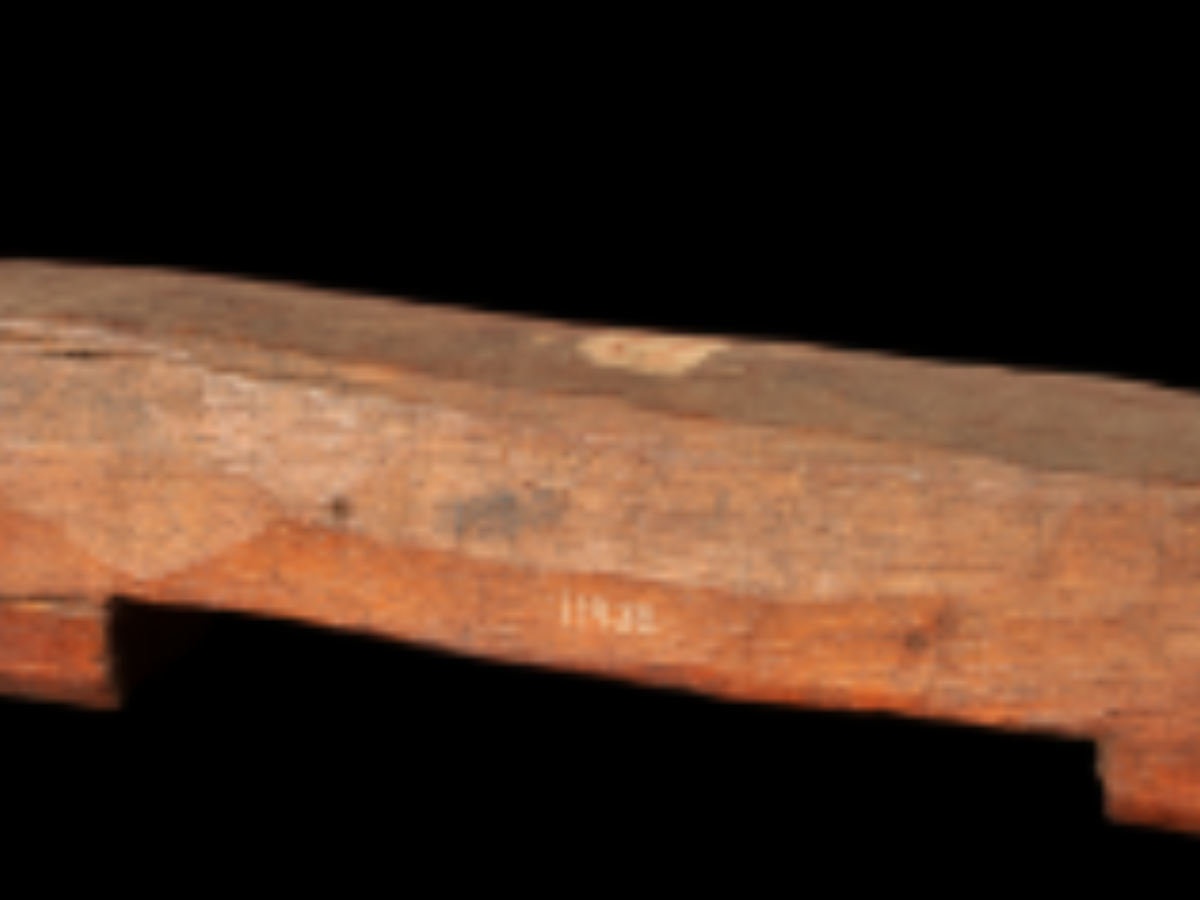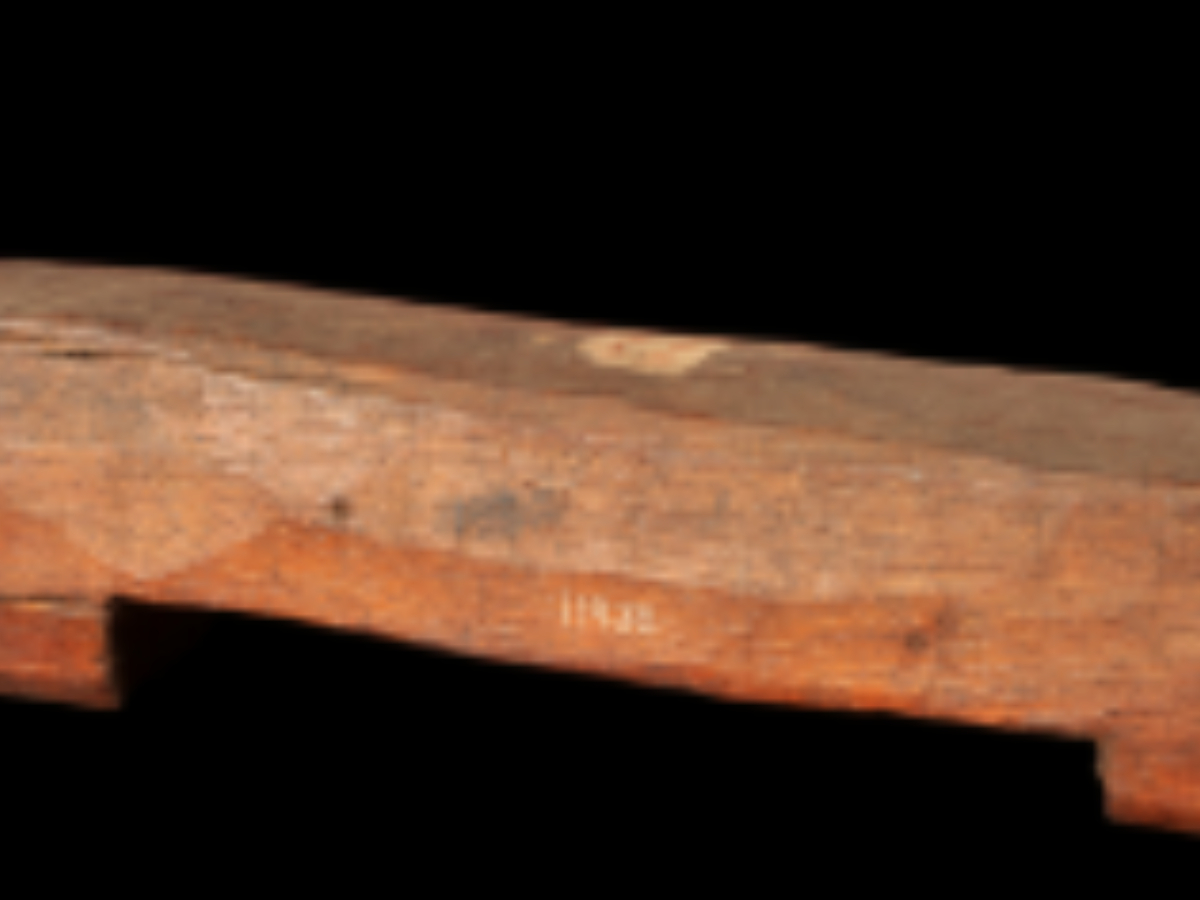State
Tribe Name
Art Type
short description
A traditional model of a sitting stool, once prevalent among the Maler (or Mal Paharia) people mostly found in Jharkhand, is a remarkable example of indigenous art and production based on functionality and simplicity. This object symbolizes the tribe's harmonious relationship with its environment, particularly with forests and their ability to carve the ordinary from raw materials, especially timber. Its basic structure is typically a rectangular plank, hand-carved as a seat. Underneath, however, two short rectangular pedestals, attached below the seat proper, offer support and stout footing for it. Because of its simple design, this stool is easy to carry and is strong enough to be used almost anywhere-from household chores to public meetings.
Thumbnail

Filter Postion
Left
Filter Background
Off
Theme
Filter Header Image

content
Image

description
A traditional model of a sitting stool, once prevalent among the Maler (or Mal Paharia) people mostly found in Jharkhand, is a remarkable example of indigenous art and production based on functionality and simplicity. This object symbolizes the tribe's harmonious relationship with its environment, particularly with forests and their ability to carve the ordinary from raw materials, especially timber. Its basic structure is typically a rectangular plank, hand-carved as a seat. Underneath, however, two short rectangular pedestals, attached below the seat proper, offer support and stout footing for it. Because of its simple design, this stool is easy to carry and is strong enough to be used almost anywhere-from household chores to public meetings.
Among the Maler, that stool is in common use for sitting at meals, weaving, or discussing matters in the family or village. It may also have certain ceremonial or social functions, particularly in the reception of guests or elders; so doing, it endorses even more respect and tradition. Each stool is handmade, with minor differences in the aesthetics from one to another, enhancing its cultural significance. With the use of such sitting stools, the Maler proudly show off their resources from the forest, demonstrating the resourcefulness of their people in taking something from their environment to suit their needs. Such artifacts are considered carriers of heritage, passed on from one generation to the next, ensuring the survival of the cultural identity and the artisanal knowledge.
Among the Maler, that stool is in common use for sitting at meals, weaving, or discussing matters in the family or village. It may also have certain ceremonial or social functions, particularly in the reception of guests or elders; so doing, it endorses even more respect and tradition. Each stool is handmade, with minor differences in the aesthetics from one to another, enhancing its cultural significance. With the use of such sitting stools, the Maler proudly show off their resources from the forest, demonstrating the resourcefulness of their people in taking something from their environment to suit their needs. Such artifacts are considered carriers of heritage, passed on from one generation to the next, ensuring the survival of the cultural identity and the artisanal knowledge.
Image Mode
landscape
promoted
On
Verified
Off
